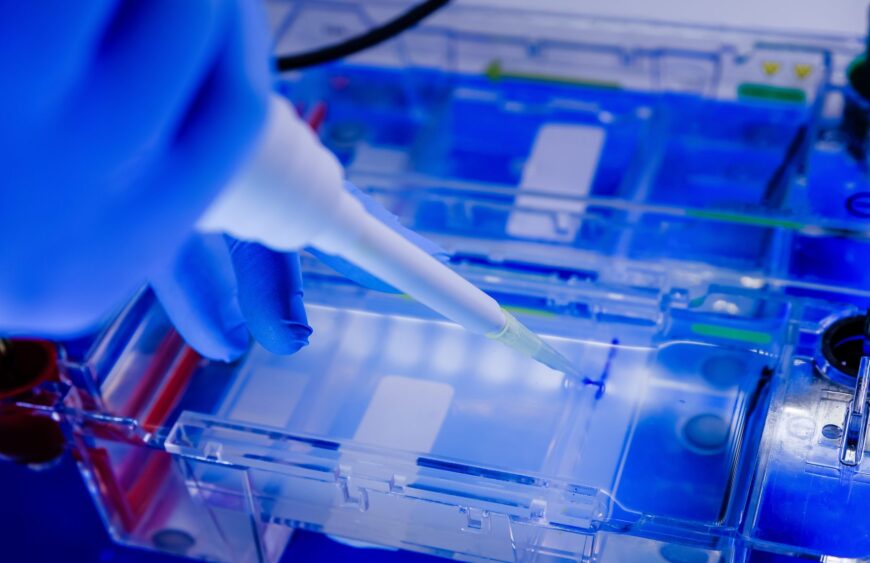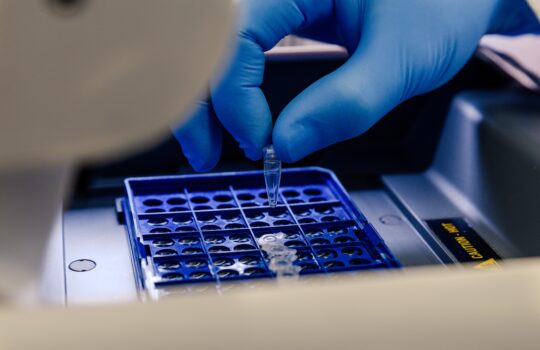Polymerase Chain Reaction (PCR) is a powerful laboratory technique used to amplify DNA sequences. Here are the techniques involved in PCR:
- Denaturation: The first step in PCR is denaturation, where the DNA double helix is heated to a high temperature (typically around 95°C) to separate the two strands of the DNA.
- Annealing: After denaturation, the temperature is lowered to around 55-65°C to allow the primers to anneal (bind) to the complementary sequences on each strand of the DNA.
- Extension: Once the primers are annealed, the temperature is raised to around 72°C to activate the Taq polymerase enzyme. This enzyme adds nucleotides to the 3′ end of the primers and extends the new strand of DNA. The Taq polymerase is thermostable, meaning it can withstand the high temperatures used during PCR.
- Cycling: The three steps above are repeated in cycles, usually 30-40 times, to amplify the target DNA sequence. Each cycle doubles the number of copies of the target DNA.
PCR can also be modified for specific purposes, such as:
- Nested PCR: In nested PCR, two sets of primers are used to increase the specificity of the reaction. The first set of primers amplify a larger region of DNA, while the second set of primers amplify a smaller region within the first amplified region.
- Quantitative PCR (qPCR): qPCR is used to measure the amount of DNA in a sample. It uses fluorescent probes or dyes to measure the amount of DNA amplification during each cycle of the PCR reaction.
- Reverse transcription PCR (RT-PCR): RT-PCR is used to amplify RNA instead of DNA. The RNA is first converted to complementary DNA (cDNA) using reverse transcriptase enzyme, and then PCR is performed as usual. RT-PCR is commonly used to study gene expression.





